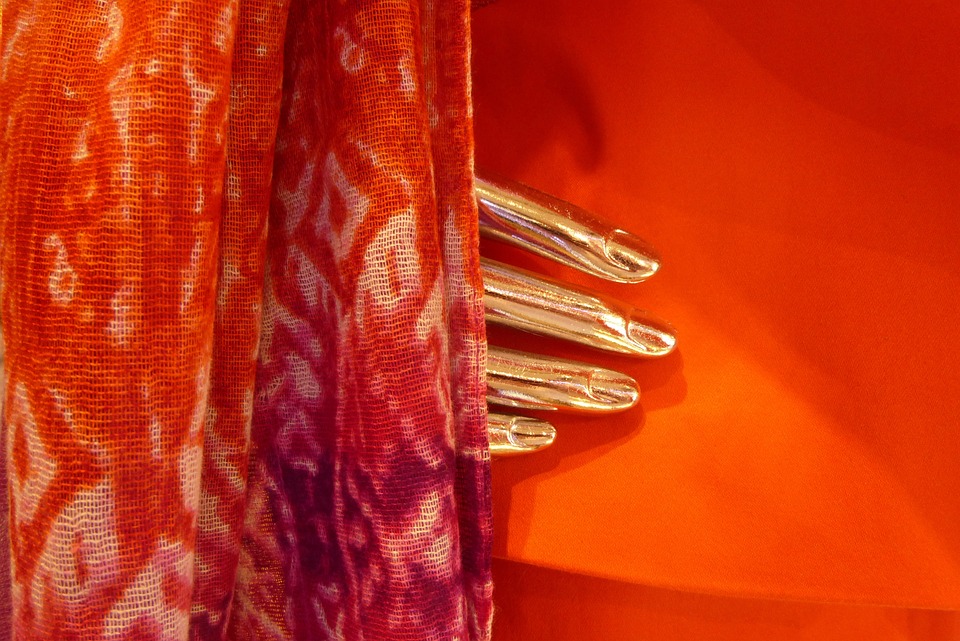Behind the Scenes: A Look at the Business of Fashion
As consumers, we often see the finished products of the fashion industry – the glamorous runway shows, the carefully curated magazine spreads, and the new collections that appear in stores each season. But behind the scenes, there is a complex and dynamic business that drives the industry forward.
The Fashion Cycle
At the heart of the fashion industry is the concept of the fashion cycle. This cycle begins with designers creating their collections, drawing inspiration from a variety of sources such as art, culture, and current trends. Once the collections are designed, they are shown at fashion week events around the world, where buyers and editors get a first look at what will be popular in the coming seasons.
After the collections are shown, buyers place orders for the pieces they think will sell best in their stores. This is where the business side of fashion really kicks into high gear – designers must balance creativity with commercial viability, ensuring that their collections will sell while still maintaining their unique vision.
Once the orders are placed, the garments are produced in factories around the world. This is where issues of sustainability and ethical production come into play, as many fashion brands are under increasing pressure to ensure that their garments are produced in a responsible manner.
Finally, the garments are shipped to stores, where they are sold to consumers. The speed of this process has increased dramatically in recent years, with the rise of fast fashion brands that can bring new collections to market in a matter of weeks. This has put pressure on traditional fashion brands to keep up with the pace of the industry, leading to shorter production cycles and a focus on trends that can quickly be brought to market.
The Role of Influencers
In the age of social media, influencers have become a major force in the fashion industry. These individuals, who have large followings on platforms such as Instagram and YouTube, can have a huge impact on which trends become popular and which brands succeed. Many fashion brands now work with influencers to promote their products, creating a new form of marketing that is more authentic and relatable to consumers.
Influencers can also help to drive trends, as their followers look to them for inspiration on what to wear. This has led to a blurring of the lines between traditional fashion media and social media, as influencers now have a seat at the table alongside editors and buyers at fashion week events.
The Globalization of Fashion
The fashion industry has become increasingly global in recent years, with brands selling their products all over the world. This has created new opportunities for designers and manufacturers, but also new challenges as they must navigate different markets and cultural preferences.
Many fashion brands now source their materials and produce their garments in countries with lower labor costs, such as Bangladesh and Vietnam. This has raised concerns about working conditions in these factories, leading to calls for greater transparency and accountability in the industry.
Despite these challenges, the globalization of fashion has also opened up new markets for designers, allowing them to reach a wider audience than ever before. This has led to a more diverse and inclusive fashion industry, with brands creating collections that appeal to a global audience rather than just a local one.
The Future of Fashion
Looking ahead, the fashion industry faces a number of challenges, from sustainability and ethical production to the rise of fast fashion and the increasing influence of social media. However, these challenges also present opportunities for brands to innovate and adapt to the changing landscape of the industry.
Many fashion brands are now focusing on sustainability, using eco-friendly materials and production methods to reduce their impact on the environment. Others are working to improve working conditions in their factories and ensure that their garments are produced ethically.
In addition, the rise of digital technology presents new opportunities for brands to connect with consumers and drive sales. Virtual reality, augmented reality, and artificial intelligence are all being used to create new and immersive shopping experiences, allowing consumers to interact with brands in new and exciting ways.
Overall, the business of fashion is a complex and ever-changing industry that is driven by creativity, innovation, and consumer demand. By staying ahead of trends and embracing new technologies, fashion brands can continue to thrive in a rapidly evolving market.
